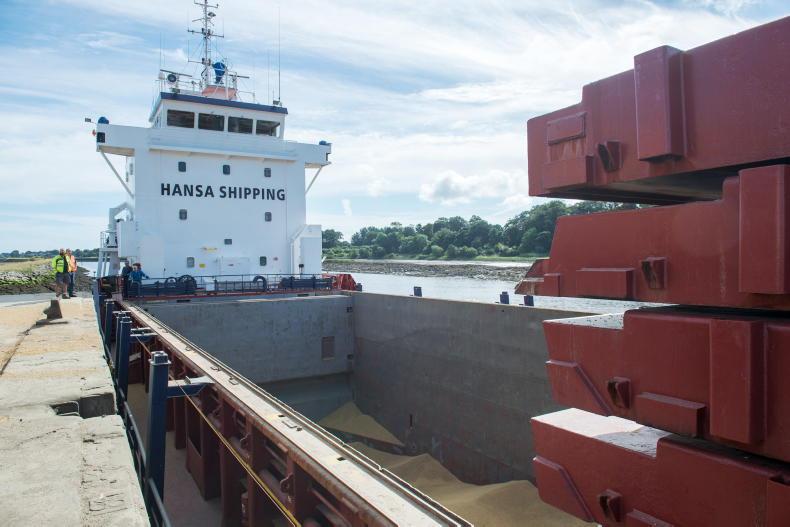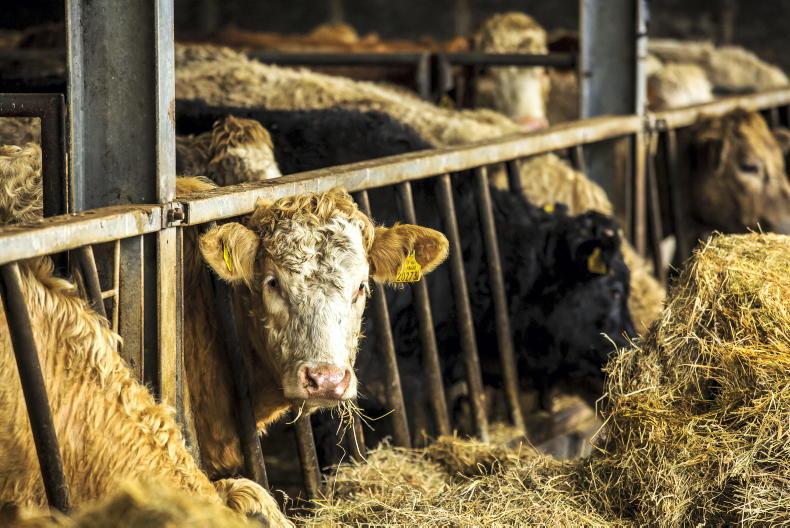Once governments adopt numerical targets for carbon emissions, it matters greatly how those emissions get measured.
Bad measurement can lead to bad policies and a recent study from the Economic and Social Research Institute (ESRI) highlights a big issue in measuring the impact of agriculture in Ireland.
There are two ways to measure worldwide emissions of greenhouse gases, based on consumption or on production.
But they coincide for the planet as a whole - the annual consumption of goods and services which embody carbon and other harmful gases is equal to annual production.
Either measure will yield the same target, since there is no interplanetary trade - at least not yet.
Reducing production
The planet has one atmosphere - man-made emissions need to be contained and reducing consumption is definitionally just as good as reducing production from the planetary standpoint.
However, there is no equivalence between consumption and production at the territorial level. For an individual country or region, consumption and production of greenhouse gases can diverge significantly and it matters greatly which policy target is chosen.
The wrong target has been chosen and the result is successive failures
Unfortunately, the wrong target has been chosen and the result is successive failures, stretching back to the early 1990s, of the UN-led efforts to find a coherent policy acceptable to the 200-plus governments around the world.
The choice was the production basis and it might have been easier to contain emissions if the consumption basis had been preferred.
Implications
The political implications of a consumption-based measurement system were unacceptable.
It would have required worldwide agreement on measures to discourage consumption, for example through a universal carbon tax, and there was no consensus for want of an architecture for implementation.
Of course, there is no architecture to implement the production-based targets either, as the recent COP27 failure has illustrated and the ship has sailed.
With a universal carbon tax, there would have been no national targets for anything other than the carbon tax level.
Each government would have committed to taxes at a minimum level, perhaps with side-payments to poorer countries.
Ireland 'causes', through demand, around 7t of emissions for every 4t produced here
Actual production would have taken place wherever costs were favourable and nobody would have cared that some countries produced more carbon-intensive items than they consumed.
Production would have chosen the most efficient locations and the economic costs of climate policy would have been minimised.
This approach would have made a big difference to countries like Ireland, which specialise in certain lines of food production, importing and exporting on a large scale.
The study
The ESRI study, released at the end of November, is called The Global Emissions Impact of Irish Consumption and was authored by Kelly de Bruin and Aykut Mert Yakuta.
Ireland, and Europe generally, is prosperous and imports products and services with high carbon content, especially energy.
It exports them too, but the balance is tilted and European demand drives substantial net imports of emissions.
Measured on a consumption basis, Europe is responsible for a greater share of world emissions than appears from the production figures.
Emissions in heavy industries, like steel, have in effect been outsourced and show up in production-based measurement in Asia, for example.
The picture in Ireland, according to the ESRI, is no different. Emissions attributable to Irish consumption of imported items, added to consumption from domestic production, are well ahead of the production-based measure, by a margin of 74%.
Ireland “causes”, through demand, around 7t of emissions for every 4t produced here. Importantly for farming, the figures vary enormously by sector.
Some lines of production are so dominated by exports that the production-based measurement gives a misleading picture. For the four main lines of agricultural output, the figures, in thousand tonnes of CO2 equivalent in 2019, were as follows:
Ireland is a big net food exporter for beef and dairy, while the tillage sector exports little and imports fertiliser and feed.
The emissions for beef and dairy would be someone else’s fault if a consumption measurement basis was in place.
Ireland is a low-cost location for dairy products, though not for beef, so diverting dairy production elsewhere could actually increase worldwide emissions.
Blind adherence to arbitrary sectoral emission targets compounds the EU policy errors of the 1990s.










SHARING OPTIONS